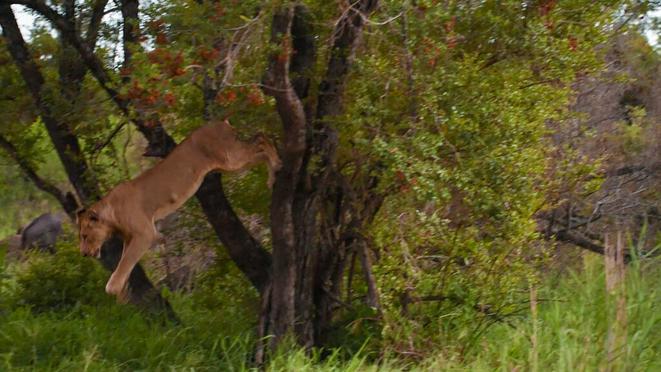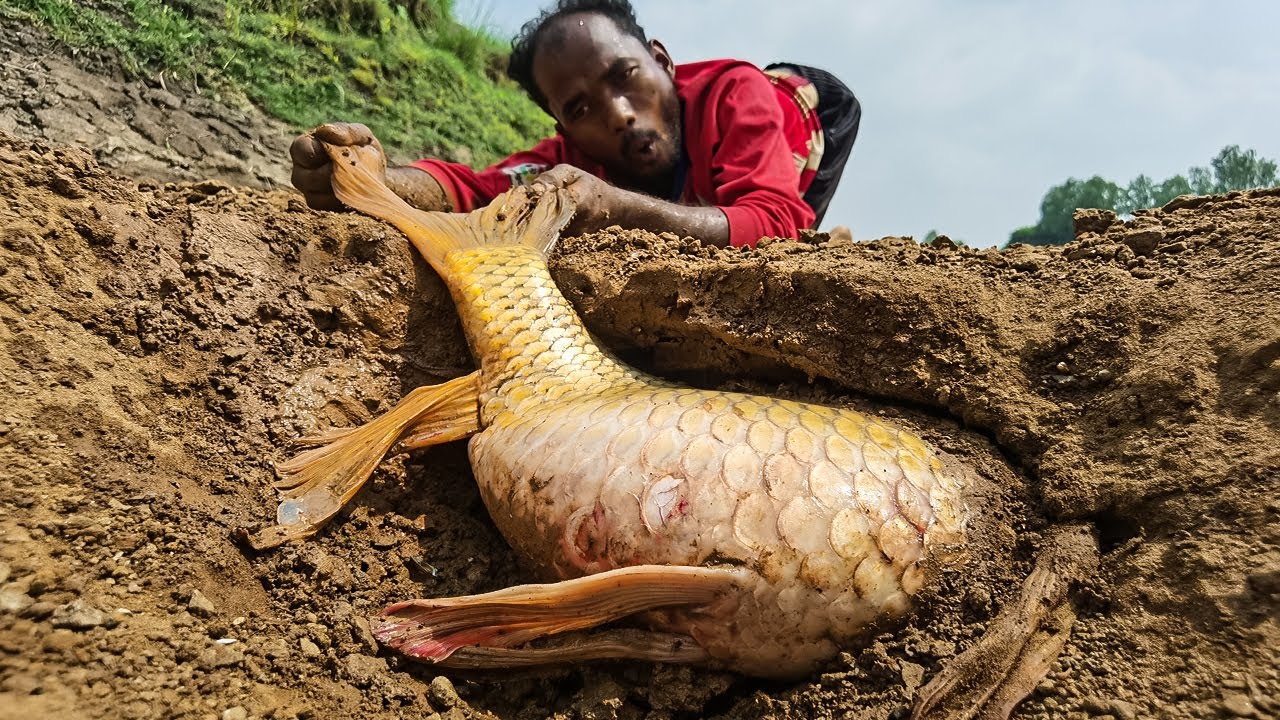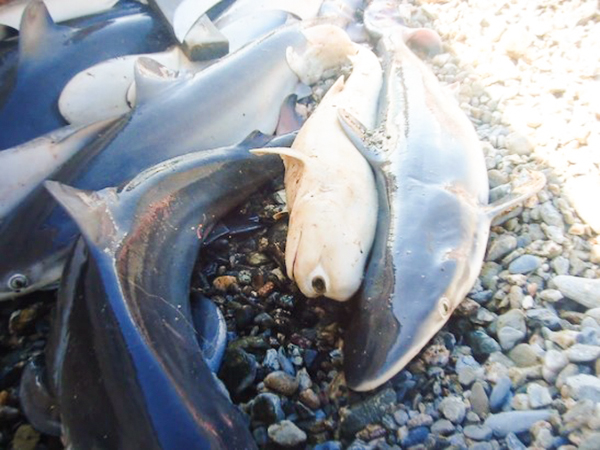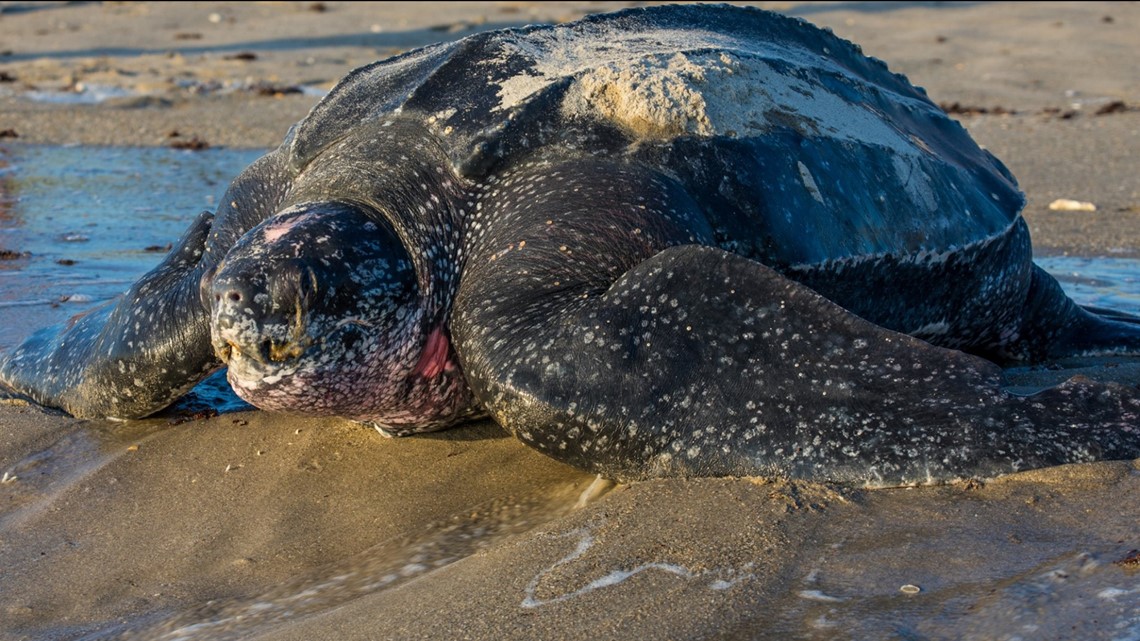An elephant has been pictured carrying around the body of her baby calf for days after it died.
The pictures, taken at Namibia’s Twyfelfontein Country Lodge, show the elephant carrying the calf using its trunk, wrapped around the leg of its limp body.
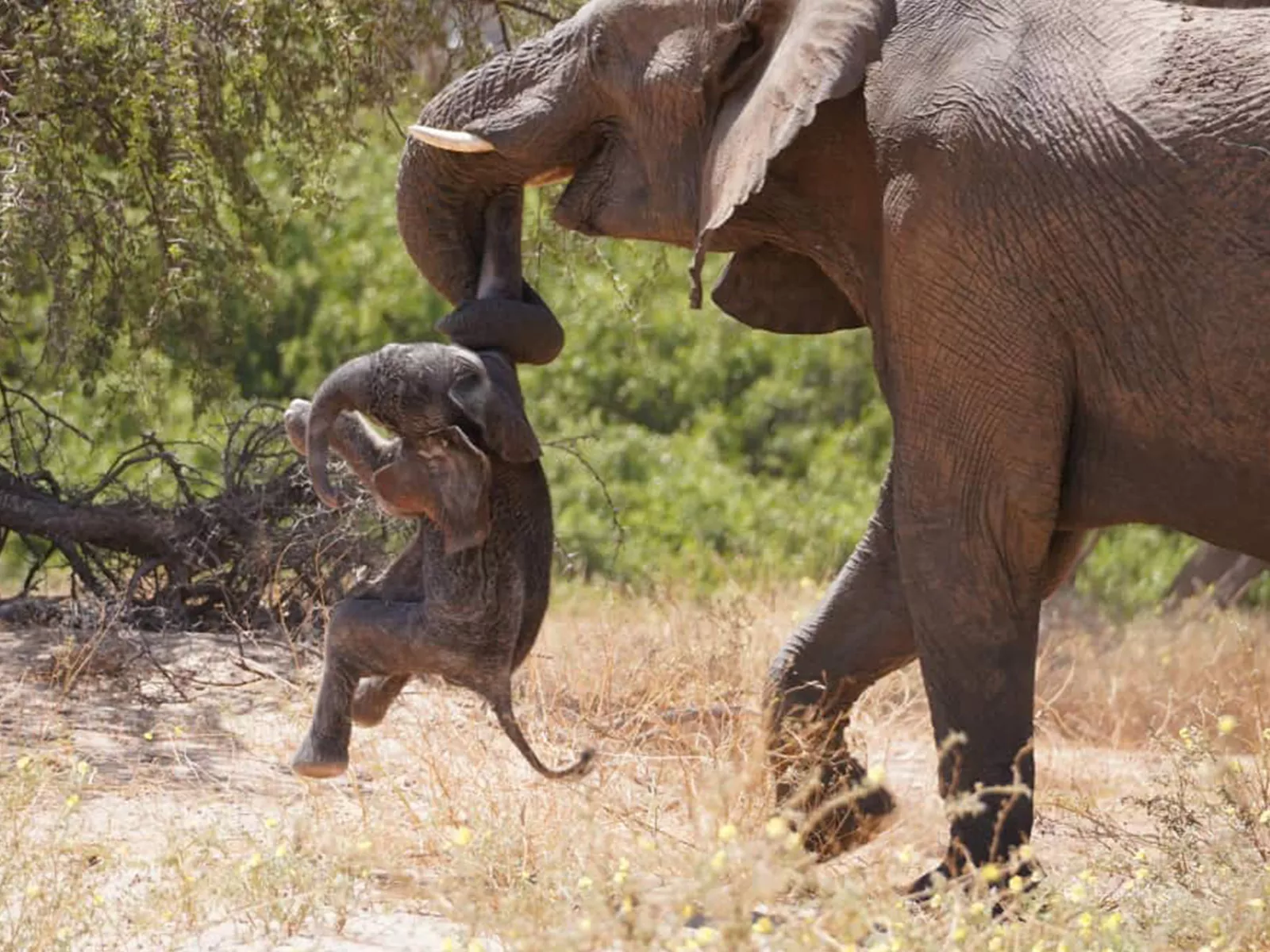
A picture of the mother elephant carrying the body of her dead calf. She carried the body for two days, only setting it down to eat. Mr Philip Shilongo, Local Tour Guide / Twyfelfontein Country Lodge
Elephants are extremely intelligent and social creatures, with females living in tight-knit matrilineal family groups, led by a matriarch. They are one of the few species to be observed using tools, a clear marker of intelligence, as well as recognizing themselves in a mirror, something only apes and dolphins have been demonstrated doing.
William Stegmann, a spokesperson for the Twyfelfontein Country Lodge, told Newsweek: “The baby elephant was born on 27 October, 2022, to the group of elephants in the Huab River, known to us as Rosy’s Group, because we call the matriarch Rosy.
“From the first day, the baby was not very strong and struggled to keep up with the herd as they trek long distances to reach drinking water,” Stegmann said. “On the 28th, the guides still saw the baby, but we speculate that she must have passed away during the evening. The heart-wrenching photo was taken on the morning of the 29th.”
According to Twyfelfontein Country Lodge, the mother placed the calf down only intermittently to eat. After two days, the matriarch chased the mourning mother away from the dead body and the entire herd moved on, including the mother.
“Elephants (as well as other mammals) share the same basic neural structures with humans,” Bob Jacobs, a professor of neuroanatomy and non-human animal communication at Colorado College, told Newsweek.
“Although there is clear specialization in the nervous system for different species, brains are highly conserved through evolution and appear to follow the same basic neurofunctional principles,” Jacobs said. “They have the same cortico-limbic structures in their brain that are involved in emotions as humans do.”
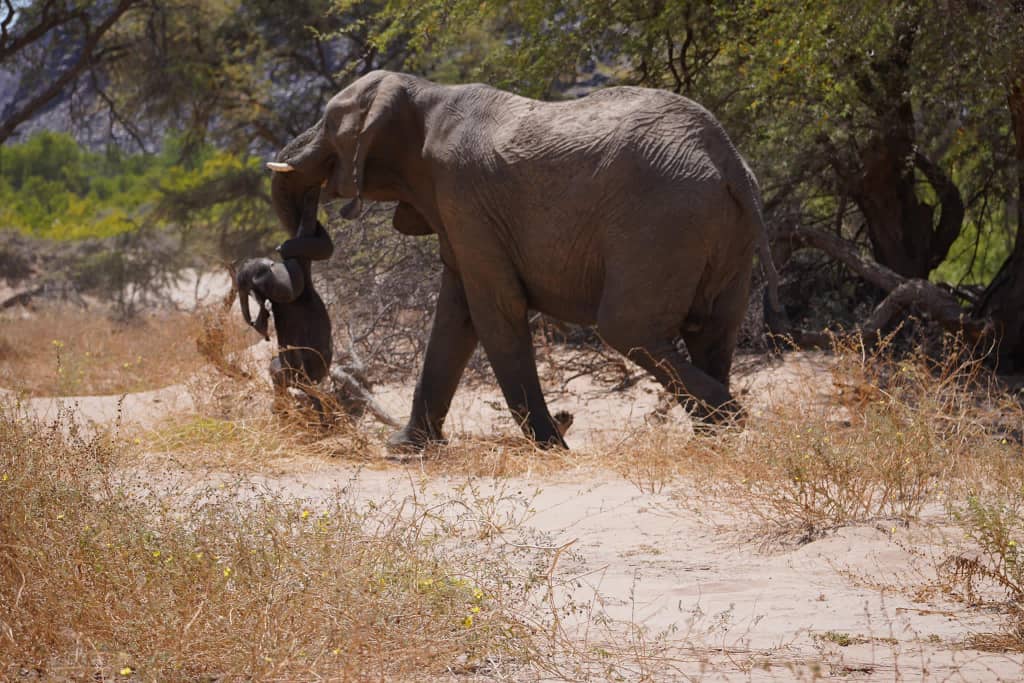
Another picture of the mother carrying her deceased calf. The matriarch of the group eventually forced her to leave the dead body. Mr Philip Shilongo, Local Tour Guide / Twyfelfontein Country Lodge
According to Jacobs, although we can never know exactly what thoughts/feelings are in an elephant’s brain, it is within reason to assume that the mammals feel something similar to what humans would feel under the same circumstances.
This calf-carrying behavior has been seen before in other species of elephants, too.
John Poulsen, an ecologist and elephant conservationist at Duke University in Durham, North Carolina, told Newsweek: “All three species of elephant display interest towards their dead conspecifics, although to my knowledge, only Savanna and Asian elephants have exhibited dead calf-carrying.
“These behaviors, like similar behaviors in primates, seem to upend the popular belief that only humans have an awareness of death. However, the underlying mechanism or motivation for carrying dead calves is not fully understood.”
According to Poulsen, the mother’s grieving reaction is likely due to a combination of the fact that elephants have a very long gestation, making them very invested in their young, as well as their large brain and intelligence enabling some degree of understanding of death.
“First, it seems that animals with strong cognitive abilities and strong social bonds tend to show more awareness of death,” Poulsen said. “Second, the long gestation and strong bond between mother and calf likely influence the behavior.
“The mother-calf relationship lasts until the calf is capable of surviving on its own, and this prolonged period fosters development of the calf’s social interaction and bonds with the mother and other family members. Therefore, the maternal instinct or mother-calf bonding could motivate carrying of a dead calf.”
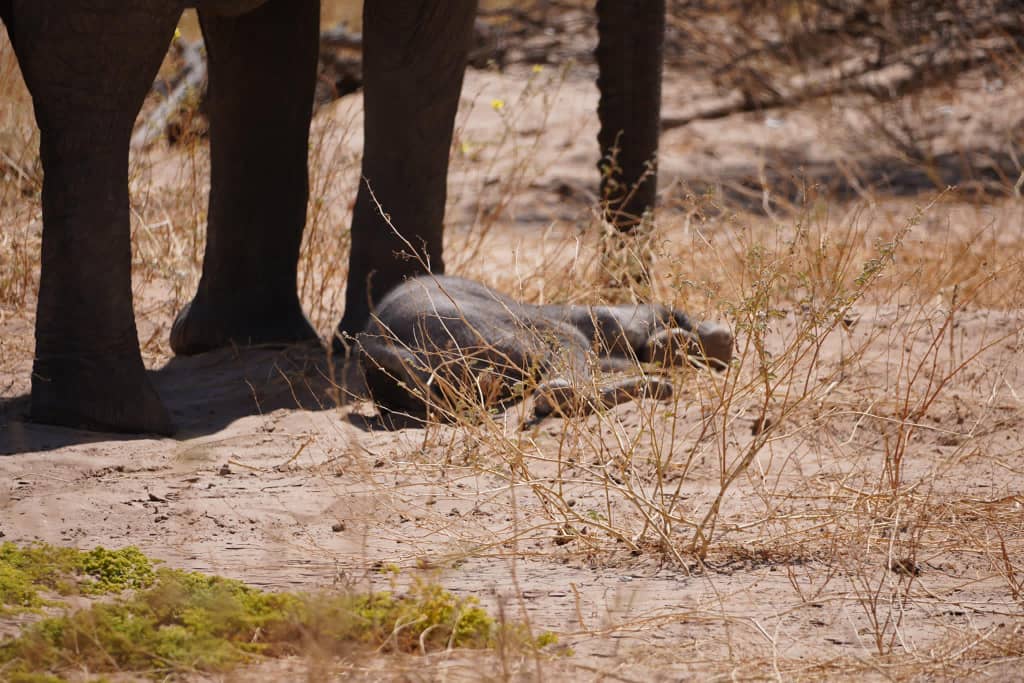
A photo of the deceased calf in Namibia. The animal had struggled to keep up with the herd since its birth in late October. Mr Philip Shilongo, Local Tour Guide / Twyfelfontein Country Lodge
Elephant gestation takes around two years. While the calf can walk soon after birth, unlike human babies, elephants are thought to reach sexual maturity only between 8 and 15 years old, and be fully mature by around 18 years old.
However, the calf-carrying behavior may not be a sign of grief for her dead child, rather a lack of understanding that it has died at all.
“Ironically, the calf-carrying behavior could indicate either lack of understanding of death cues and hence perceiving it as an unresponsive calf, or perhaps might imply a ‘grief-like’ response.
“Given other behaviors like repeatedly returning to conspecific carcasses and carrying bones of dead elephants, my money is on the latter,” Poulsen said.
Calf-carrying has been seen in dolphins, too, after a young animal has died, but experts warn of the tendency for us to assume that animals are feeling the same things we would.
“In this case, she may not be able to understand her calf is dead, or this drive may be overwhelming that recognition,” Jason N. Bruck, a biology professor at Stephen F. Austin State University in Nacogdoches, Texas,told Newsweek. “It is this behavior that is often interpreted by some as whale grief.
“In truth, it is impossible to know exactly what they are thinking as their minds are separated from ours by 95 million years of evolution, but the urge to anthropomorphize in humans is strong.”
Src: newsweek.com




